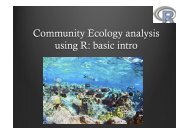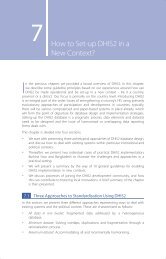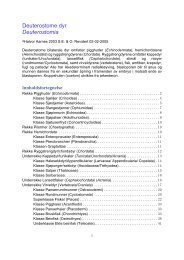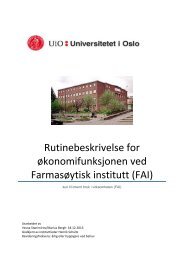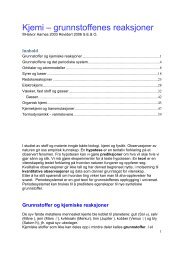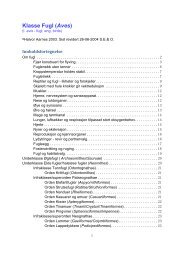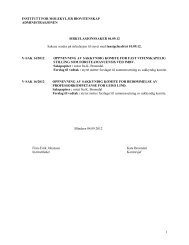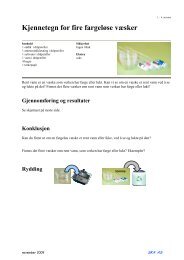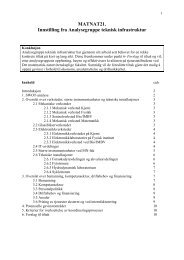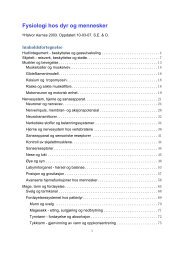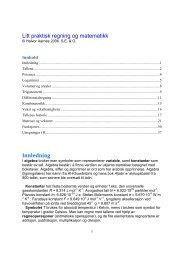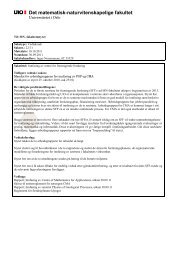MERG - Universitetet i Oslo
MERG - Universitetet i Oslo
MERG - Universitetet i Oslo
You also want an ePaper? Increase the reach of your titles
YUMPU automatically turns print PDFs into web optimized ePapers that Google loves.
<strong>MERG</strong><br />
Population genetics and phylogeography of Serpula lacrymans<br />
Objectives of the project<br />
• Study the phylogeny of Serpula lacrymans and closely related lineages to illuminate the evolutionary<br />
origin of Serpula lacrymans.<br />
• Study the phylogeography of Serpula lacrymans to unravel from where, when, and how it has spread<br />
and colonized the human domain.<br />
• Analyze the population genetics of Serpula lacrymans in order to reveal basic biological traits such<br />
as reproductive mode, degree of clonality and dispersal capacity.<br />
• Study the evolution and spread of mating types within Serpula lacrymans.<br />
Project summary<br />
The dry rot fungus Serpula lacrymans is a severe destroyer of wooden building materials in temperate<br />
regions worldwide. It has an outcrossing (heterothallic) reproductive mode and is able to produce and<br />
spread an enormous amount of basidiospores. It is also capable of local vegetative colonization by<br />
rhizomorphs (i.e. aggregated hyphal structures). Being a widespread aggressive indoor biodeterioration<br />
agent, it has only been found a few times in natural environments. It is still not known when the fungus<br />
established in buildings, but it was probably in connection with the establishment of more permanent<br />
human settlements with wooden constructions, and thus the dry rot fungus probably has a short<br />
evolutionary history in indoor habitats. In this project we want to study basic biological traits of S.<br />
lacrymans, such as dispersal capacity and reproductive mode, true population genetic analyses.<br />
Another aim is to study the evolutionary relationship between S. lacrymans and closely related lineages.<br />
We also want to reveal from where and when S. lacrymans spread out and colonized the human<br />
domain.<br />
The team<br />
Inger Skrede (Post Doc), Sarasvati Jacobsen Bjørnaraa (MSc Student), Håvard Kauserud, + external<br />
collaborators.<br />
21<br />
The dry rot fungus Serpula lacrymans<br />
fruiting in a house.<br />
Photo: Mycoteam AS




